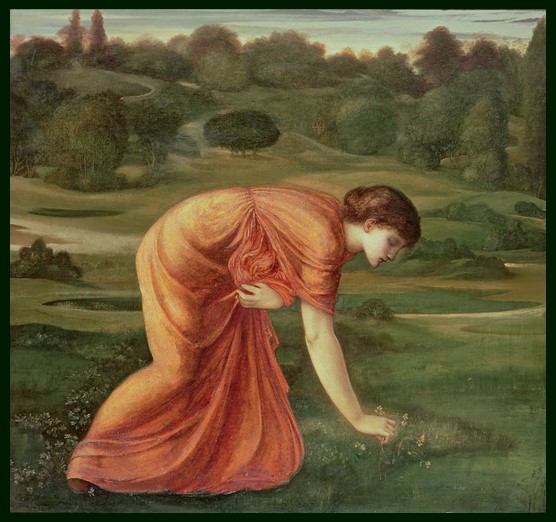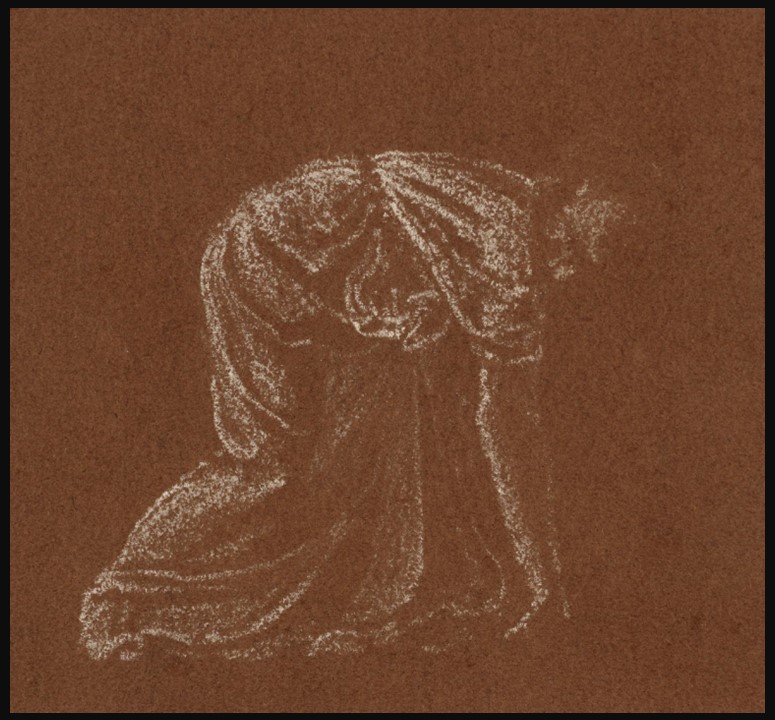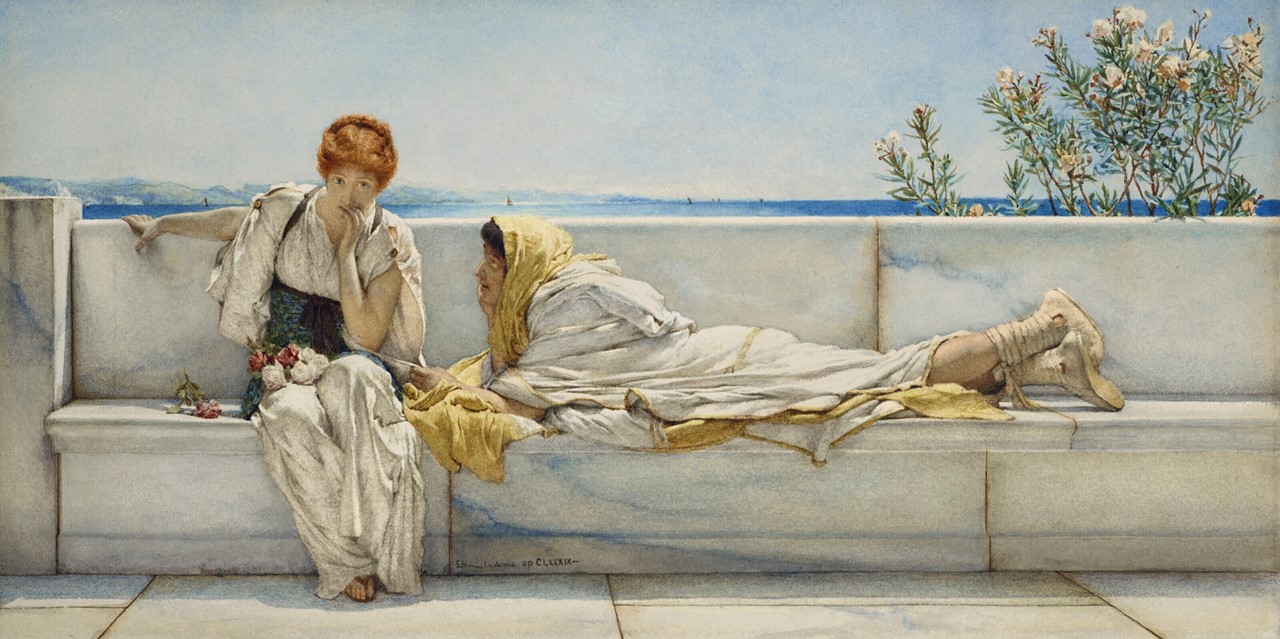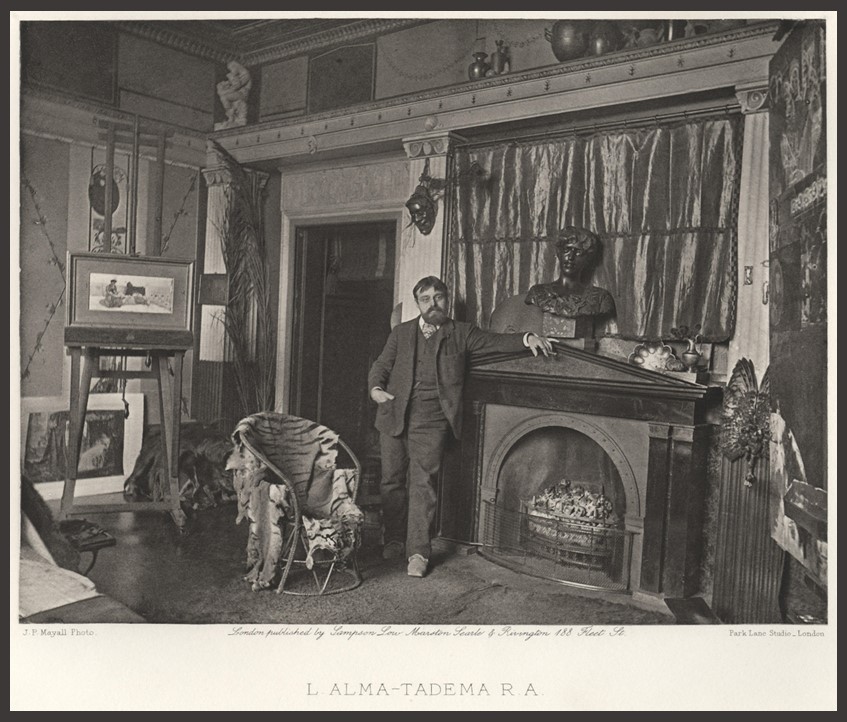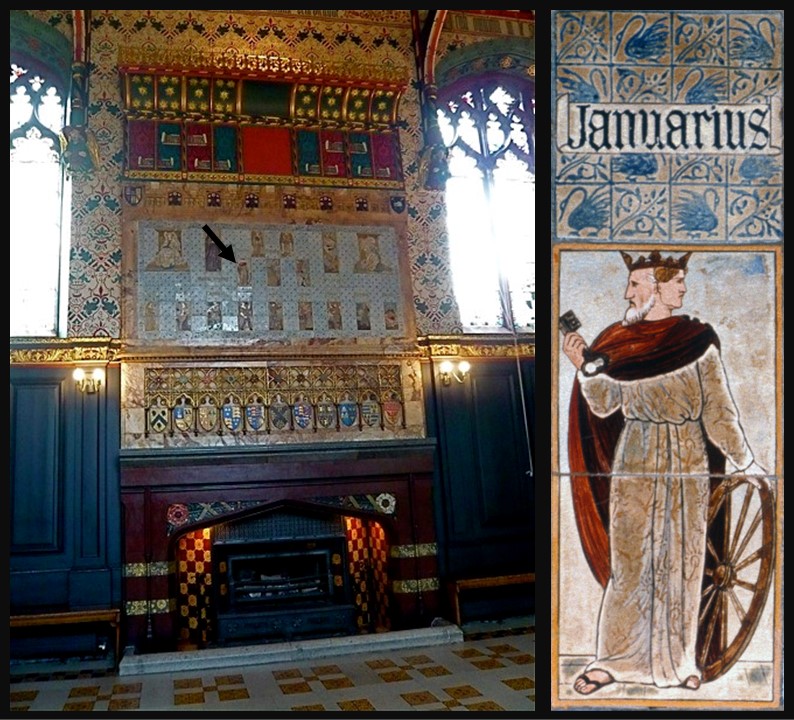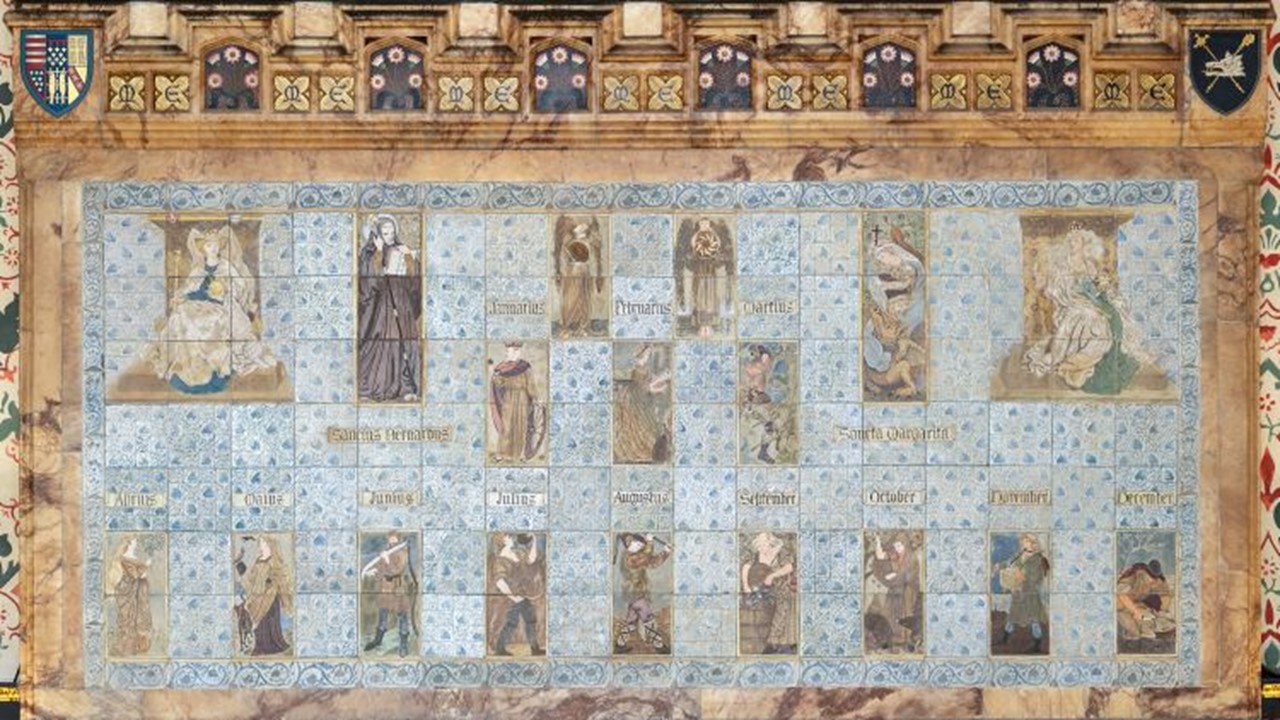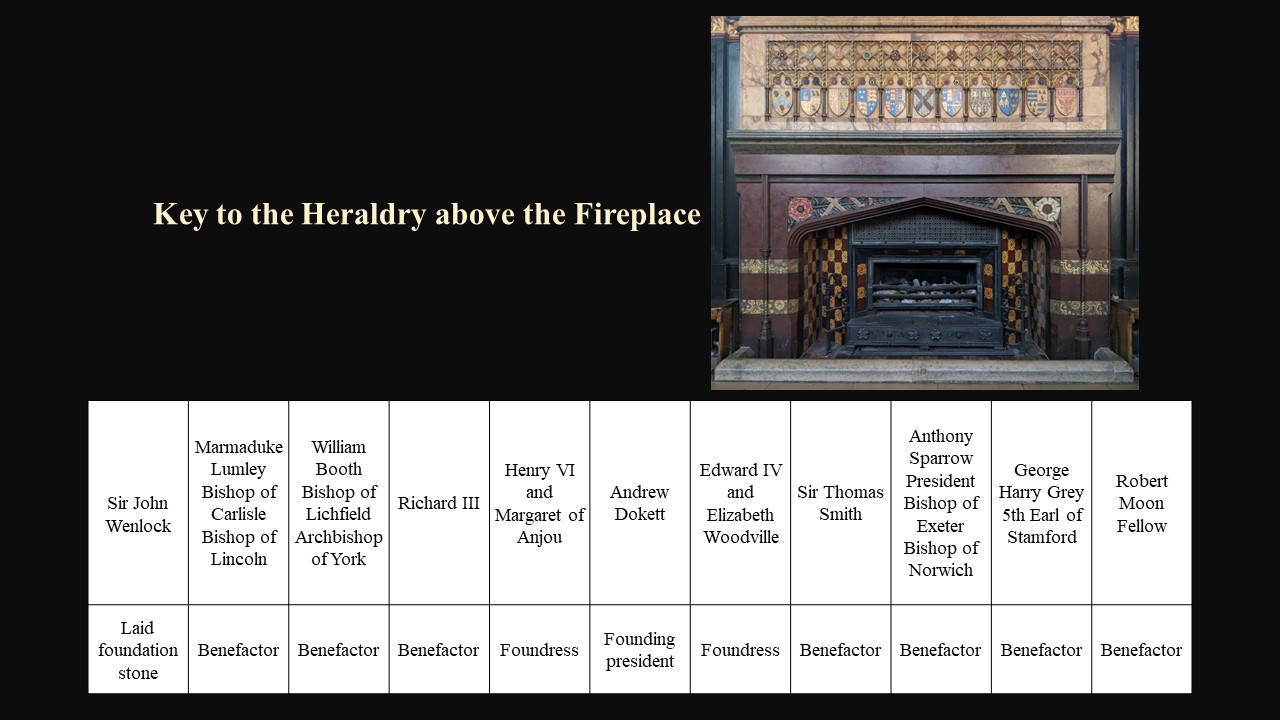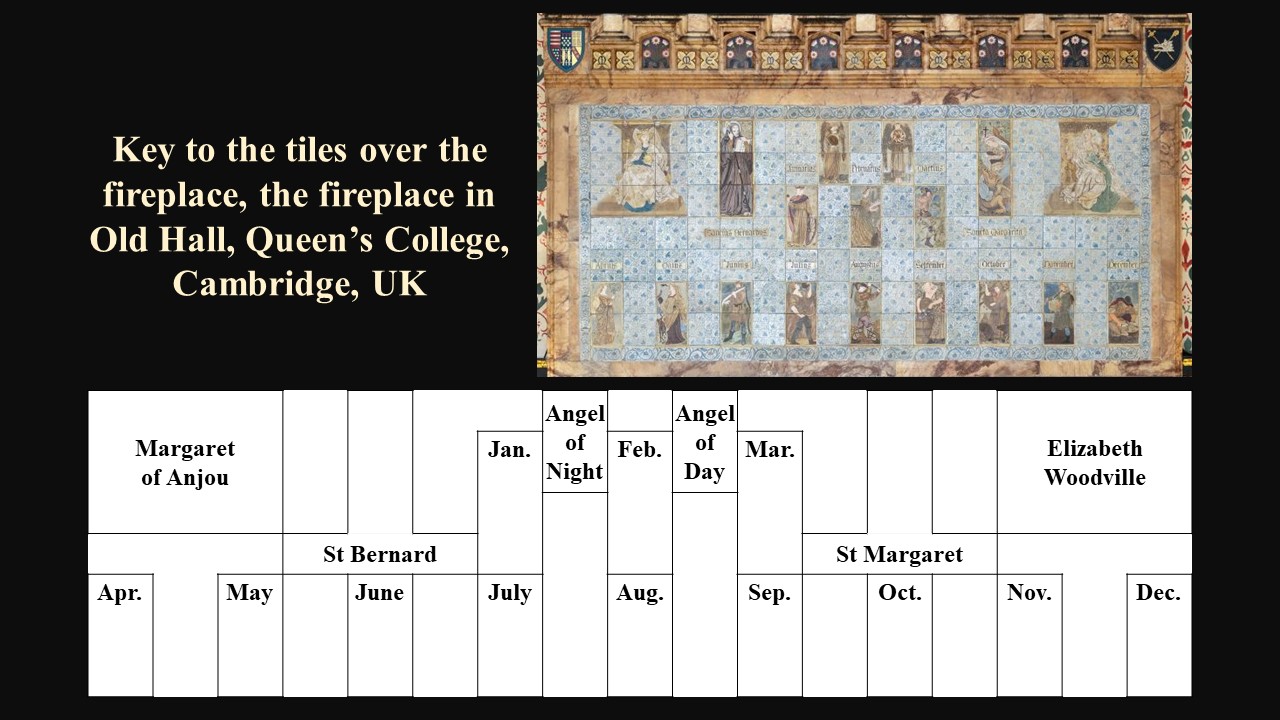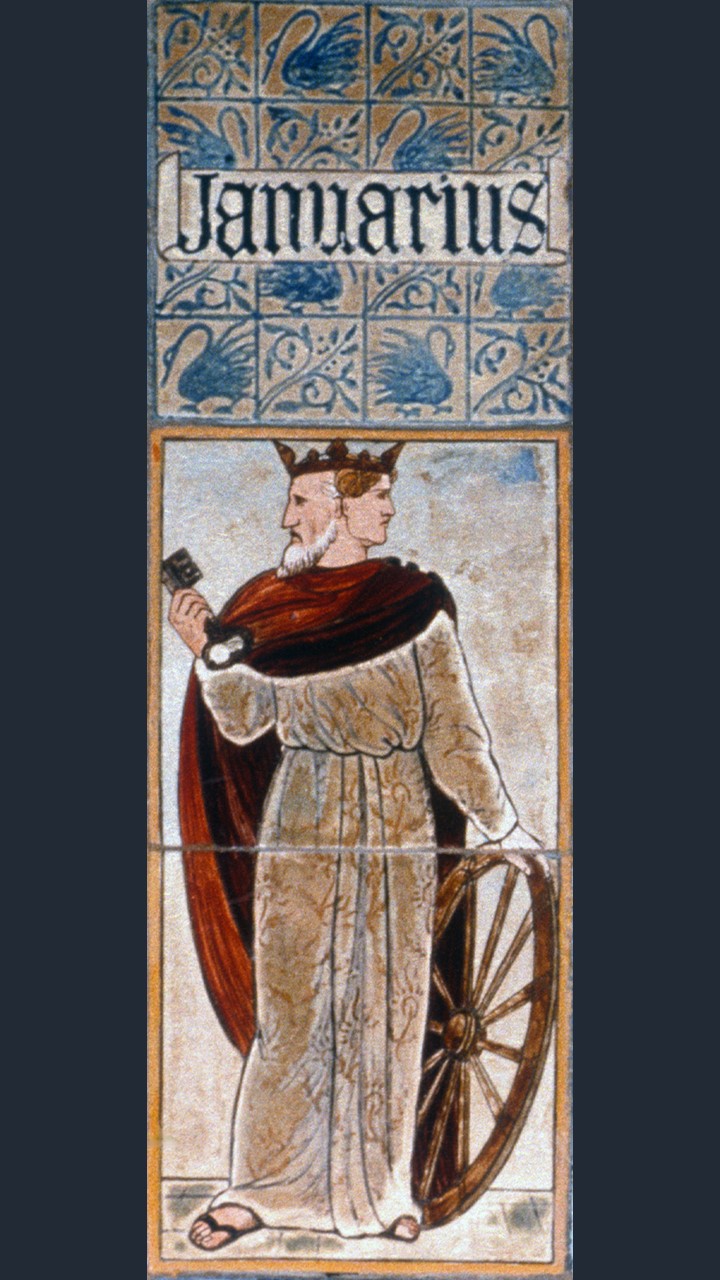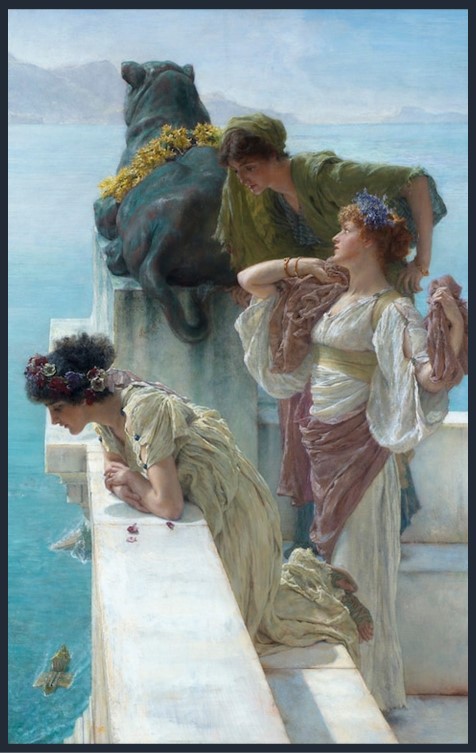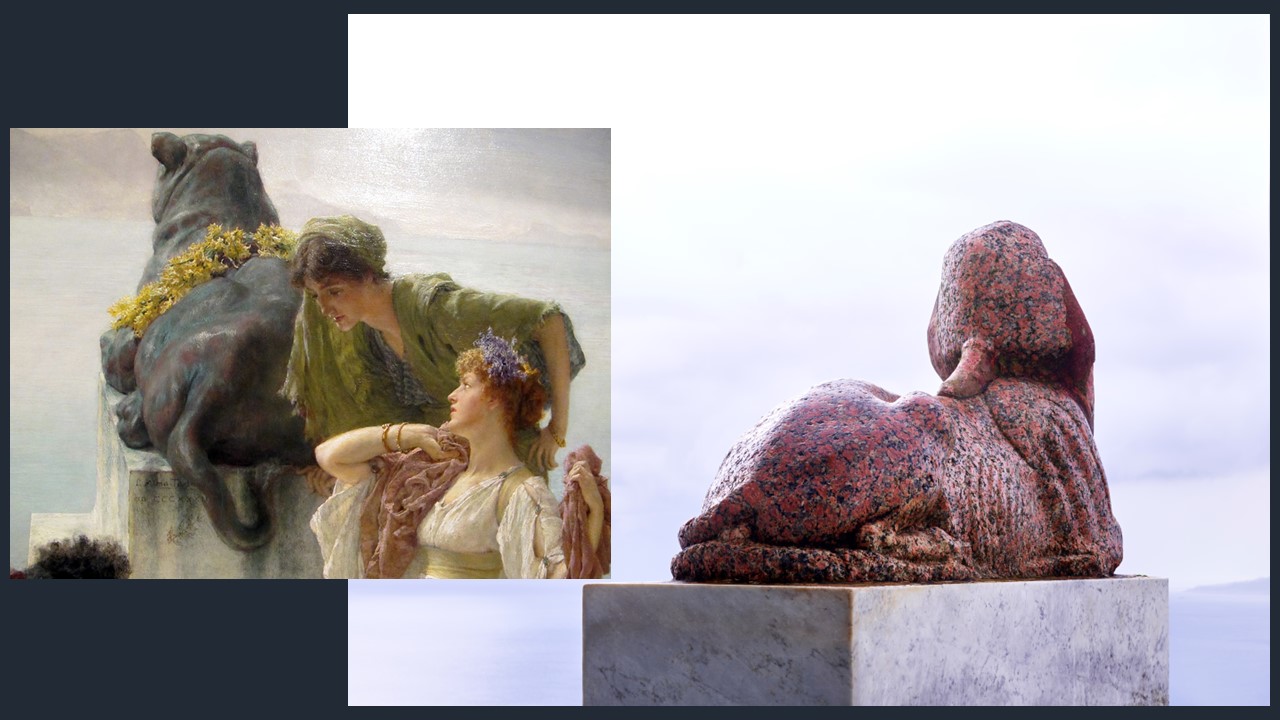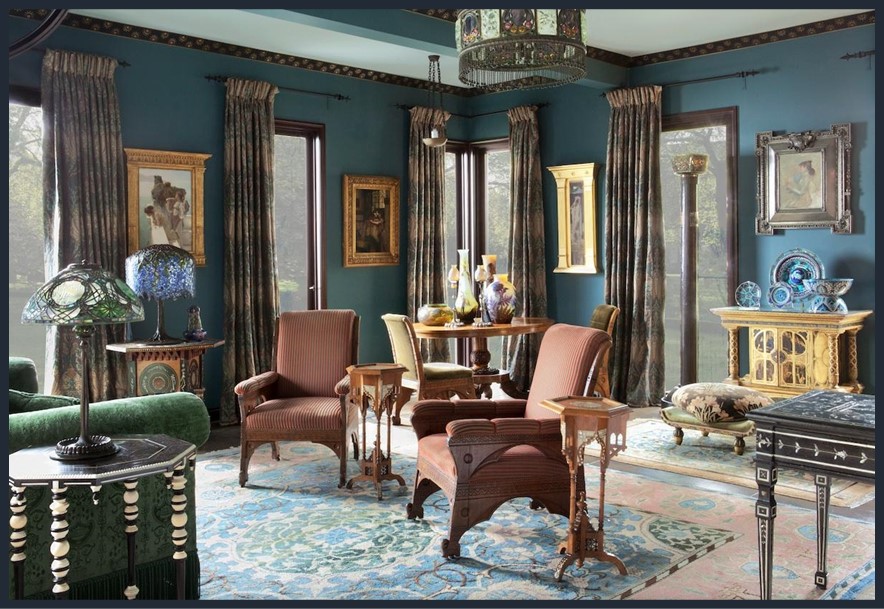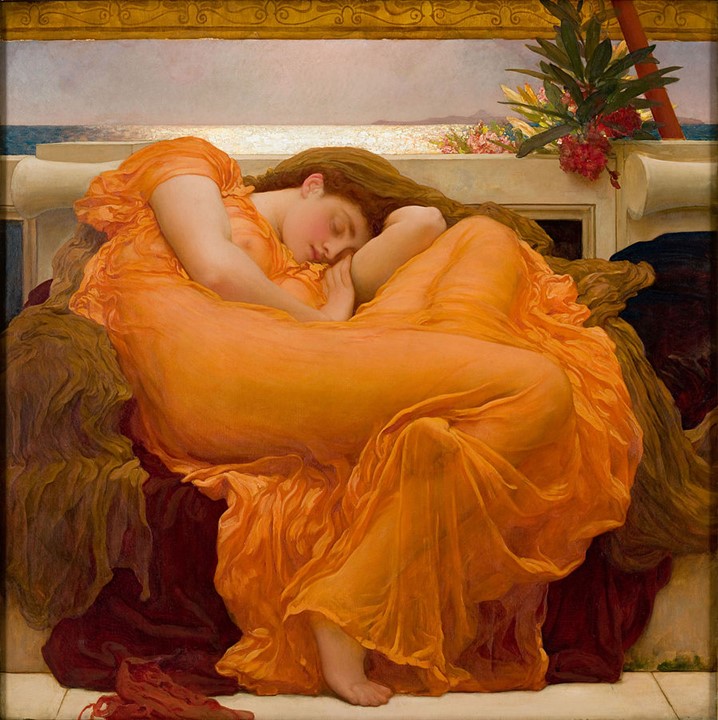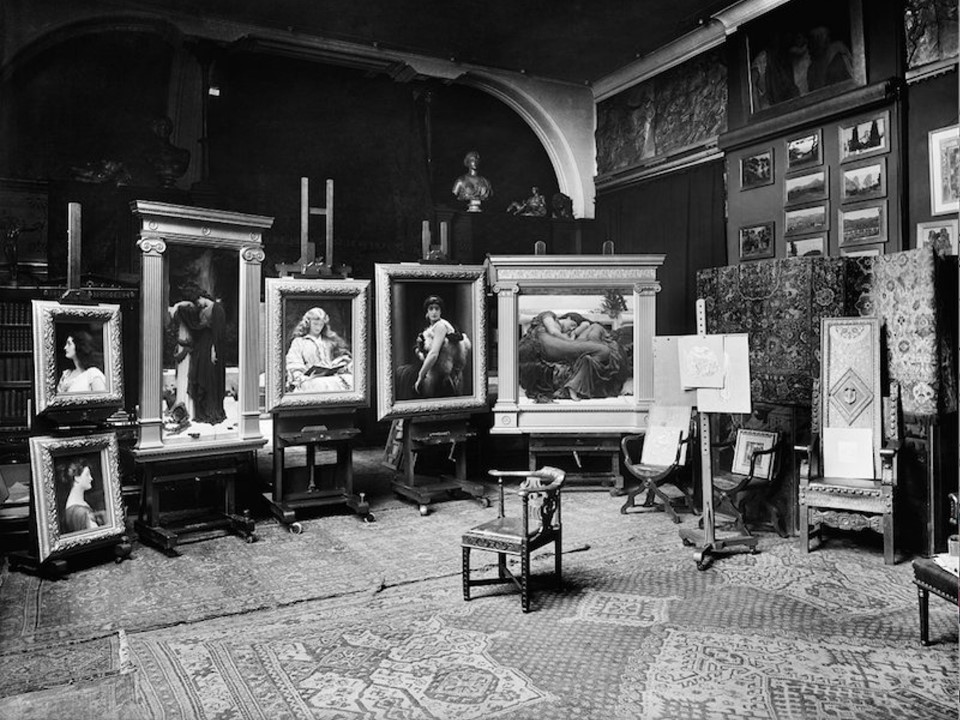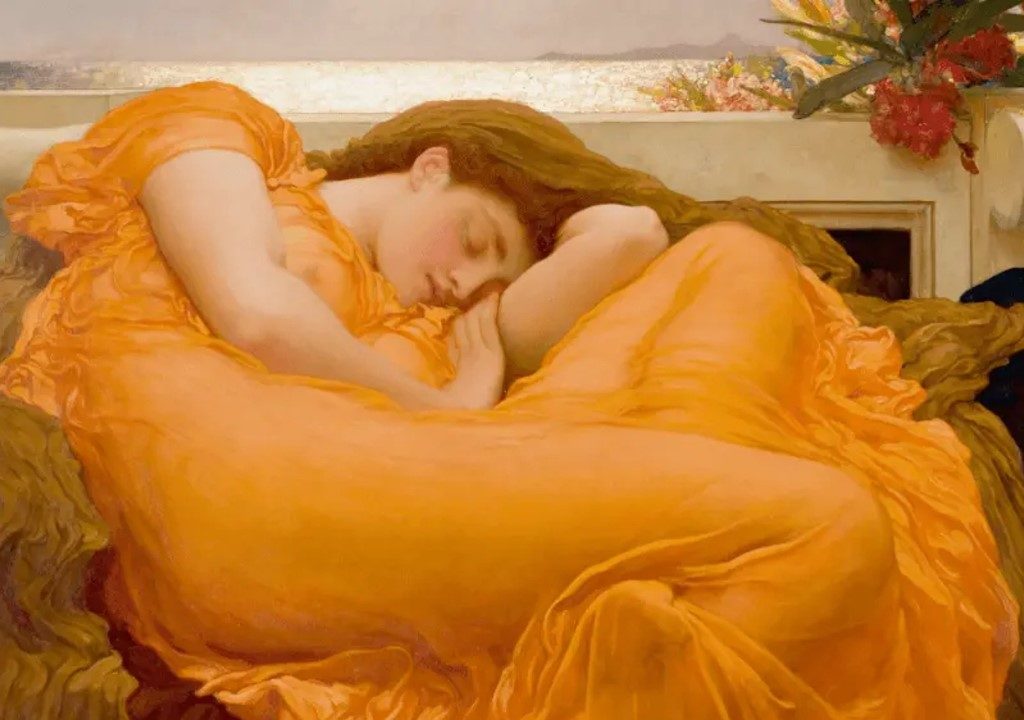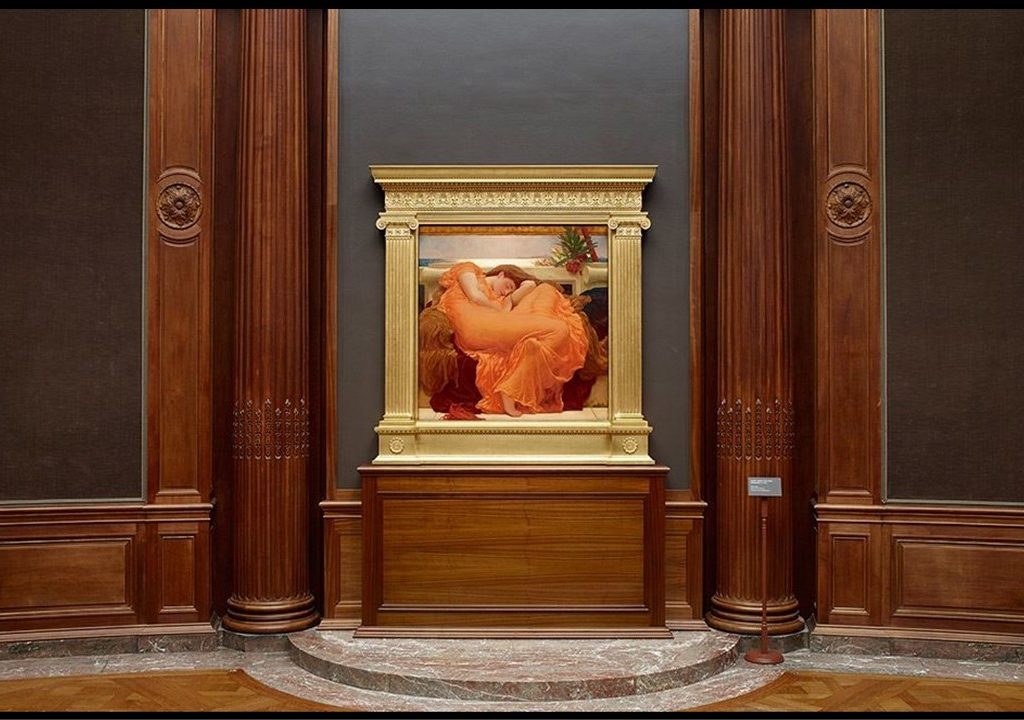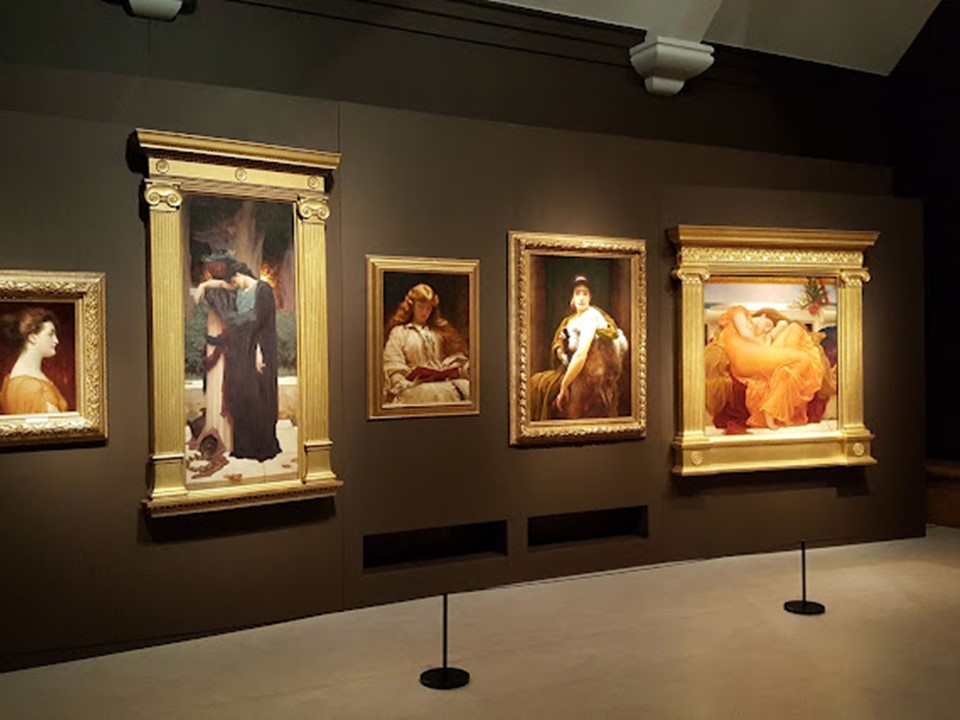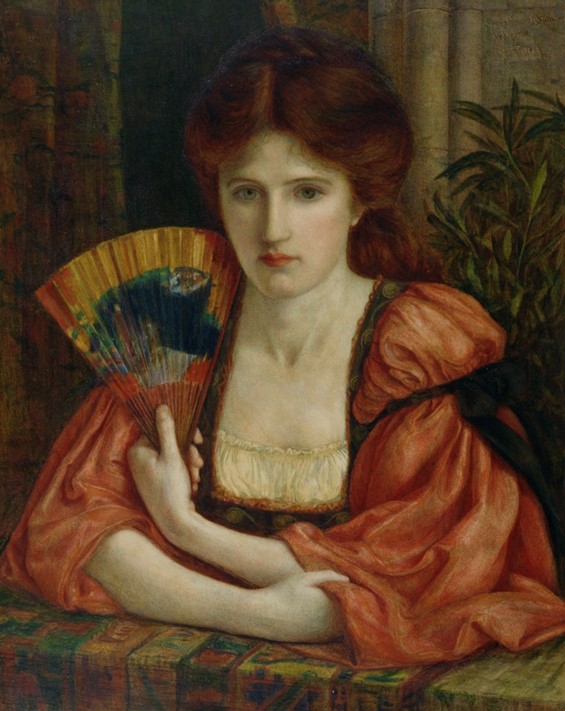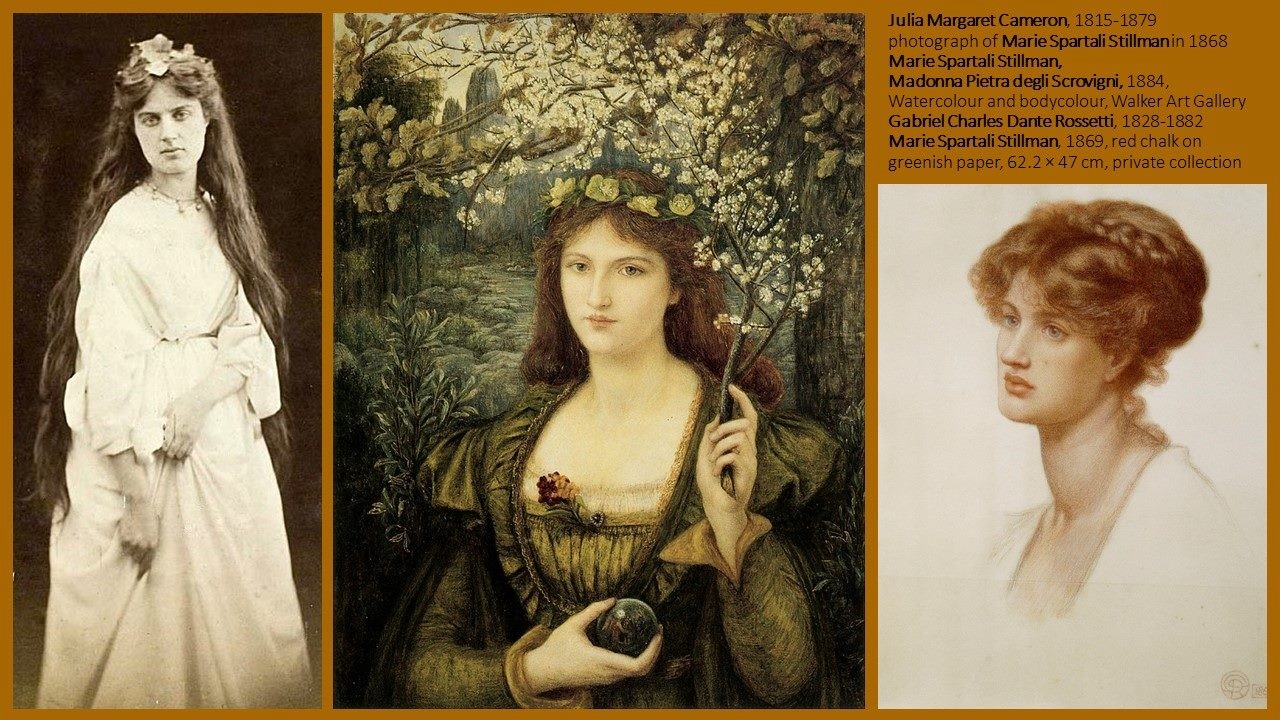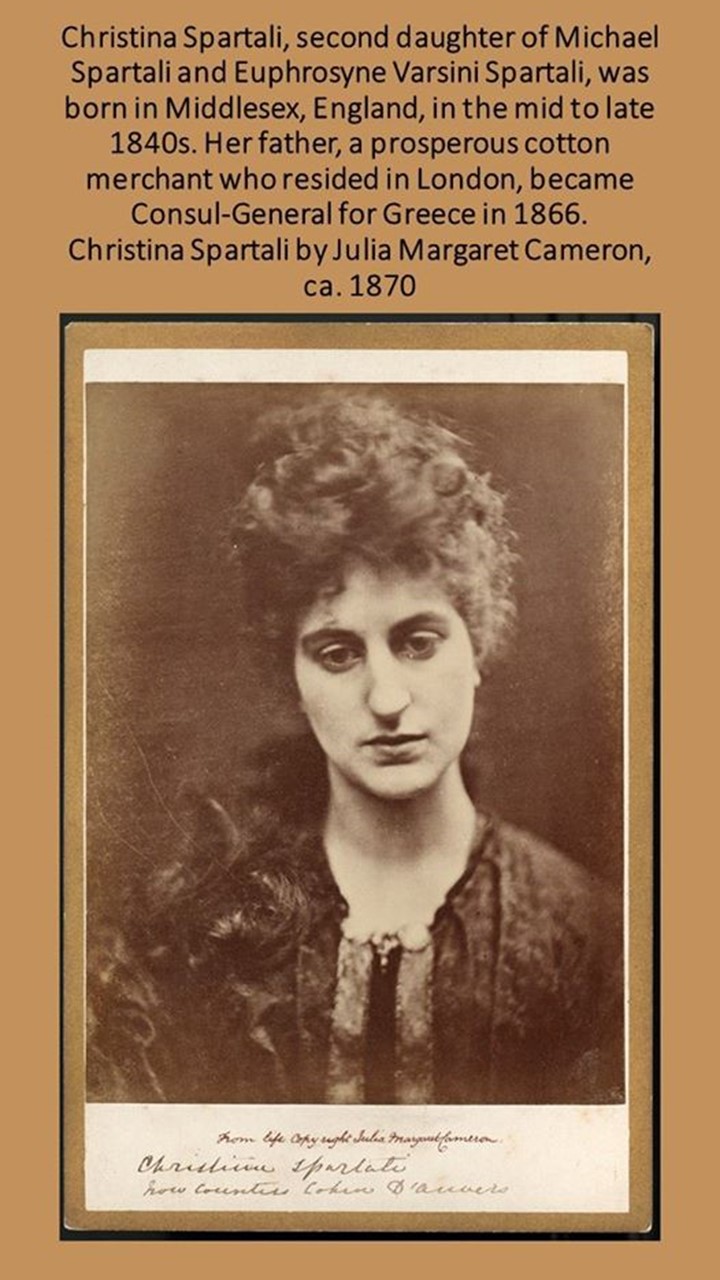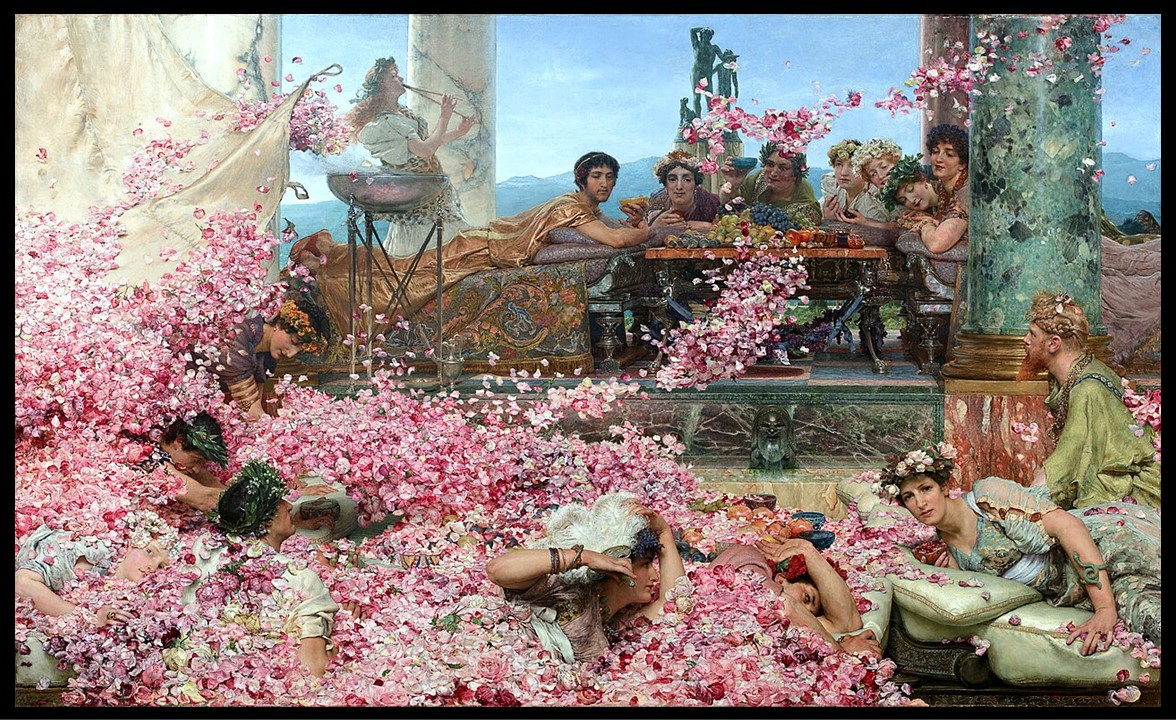
The Roses of Heliogabalus, 1888, Oil on Canvas, 132.7 cm × 214.4 cm, Private Collection https://medium.com/@nauraanadhira/artwork-explained-the-roses-of-heliogabalus-by-alma-tadema-deb5113cb8b
As June blooms in full splendor, there is no better time to celebrate the rose, the quintessential flower of this month, than through the lavish spectacle of The Roses of Heliogabalus by Sir Lawrence Alma-Tadema. This sumptuous painting, a masterpiece of Victorian classicism, captures a moment of both beauty and morbid decadence drawn from the Historia Augusta… In a banqueting-room with a reversible ceiling he once overwhelmed his parasites with violets and other flowers, so that some were actually smothered to death, being unable to crawl out to the top. With petals cascading like a silken avalanche, Alma-Tadema transforms a tale of imperial excess into a vision of opulence tinged with quiet horror—perfectly suited for a season where nature and drama entwine. https://penelope.uchicago.edu/Thayer/E/Roman/Texts/Historia_Augusta/Elagabalus/2*.html (Historia Augusta. Life of Elagabalus — Part 2 of 2)
The Roses of Heliogabalus is a striking fusion of historical narrative and aesthetic opulence. Painted in 1888, it depicts a sensational episode from the life of the Roman Emperor Elagabalus (or Heliogabalus), known for his eccentricity and extravagance. The story, as recounted in the Historia Augusta, tells of a banquet where the emperor used a reversible ceiling to release an overwhelming cascade of violet petals—though Alma-Tadema substitutes violets with roses—to smother his guests for amusement. This chilling episode of cruelty masked by beauty becomes the core of Alma-Tadema’s vision, offering a glimpse into the macabre excesses of ancient imperial decadence.
Aesthetically, the painting is a feast for the senses. The scene is bathed in soft, golden light that dances on the marble surfaces of the opulent banquet hall. Clad in flowing silks, the reclining figures exude a lethargic elegance, their expressions caught between delight and alarm as petals rain down in suffocating abundance. Alma-Tadema’s meticulous attention to classical detail—visible in the architecture, textiles, and floral textures—reveals his archeological fascination with antiquity. Yet beyond historical accuracy, he layers the image with sensuality and spectacle, transforming the tale into a visual symphony of beauty, excess, and impending doom.


Sir Lawrence Alma-Tadema (1836–1912) was one of the most celebrated and successful painters of the Victorian era, renowned for his meticulously detailed portrayals of the ancient world—especially scenes of Roman luxury and domestic life. Born as Lourens Alma Tadema in the small Dutch village of Dronrijp, Friesland, he showed artistic talent from a young age. Orphaned of his father at four, Alma-Tadema originally set out to study law, but after a health scare in his teens (when doctors mistakenly predicted he had only a short time to live), he chose to devote his remaining days to painting. He recovered fully, and went on to live a long and prolific life.
He trained at the Royal Academy of Antwerp, and it was during a trip to Italy in 1863 that he fell in love with ancient Roman architecture and culture. This moment would shape the rest of his artistic life. After moving to England in 1870—amid the chaos of the Franco-Prussian War—he anglicized his name to Lawrence and added “Alma” (originally a middle name) to the front to stand out in alphabetical exhibition catalogs. In England, his career flourished. He became a favorite of both the Royal Academy and Queen Victoria, was knighted in 1899, and later received the Order of Merit.

Alma-Tadema was known for his obsessive attention to historical details. His London studio was famously packed with Roman artifacts, architectural fragments, and textiles. Visitors joked that he lived like an emperor among his collection. One anecdote tells of how he spent weeks experimenting with rose petals for The Roses of Heliogabalus—ordering fresh blooms by the thousands and even timing how long it would take for them to fall realistically from the ceiling. In his personal life, he was equally colorful: he married his second wife, Laura Epps (a talented painter herself), after painting her as a muse and falling in love through their shared artistic passion.
Though his popularity waned after his death—dismissed by Modernists as overly sentimental and decorative—Alma-Tadema’s work has since enjoyed a revival, admired for its technical brilliance and imaginative evocation of a world suspended between beauty and decay.
For a PowerPoint Presentation on the oeuvre ofSir Lawrence Alma-Tadema, please… Check HERE!
Teacher Curator has already POSTED two presentations on Sir Lawrence Alma-Tadema, titled… Sir Lawrence Alma-Tadema and Romantic Love https://www.teachercurator.com/19th-century-art/sir-lawrence-alma-tadema-and-romantic-love/ and A Coign of Vantage by Sir Lawrence Alma-Tadema https://www.teachercurator.com/19th-century-art/a-coign-of-vantage-by-sir-lawrence-alma-tadema/
Bibliography: https://penelope.uchicago.edu/~grout/encyclopaedia_romana/severans/roses.html and https://medium.com/@nauraanadhira/artwork-explained-the-roses-of-heliogabalus-by-alma-tadema-deb5113cb8b
Photo Credit: https://medium.com/@nauraanadhira/artwork-explained-the-roses-of-heliogabalus-by-alma-tadema-deb5113cb8b
